We reach Gemena at night. My map shows no more than a beautiful blank spot and orientation is difficult. It’s a dark city and only generators keep the city in a dimmed light. The public grid must have been out of order for years. The street lamps are not more then a concrete base which is head high above street level. Even at night and entering the city on the motorbike we feel the rocky and dirty roads leading through town. When morning arises, the city takes shape and we wake up in a strange place. This town has no charm for me. What the night covered becomes reality. The dirt, the trash and the poverty of the city extend beyond reach. On first sight, this city is close to Katmandu or Uyuni in Bolivia, when it comes to dirt, but when we start wandering around the city offers some nice spots.
Dieser Artikel hat einen deutschen Gegenpart: Mbandaka und Kinshasa: Kongo zum Wohlfühlen
The area around the catholic mission is well maintained for Congolese standards and the opposite to the center of the town. As we walk around, we find charming houses from the colonial era and only can imagine the state of this city 40 or 50 years ago. In the center, we find a single patch of asphalt, giving us reason to believe that this city once was a nice place in the hilly region. As we wait for the bi-weekly plane for Mbandaka or Kinshasa, we spend much time in the hotel, chatting, reading and relaxing.
After a long search we even found a „restaurant“. A local place where a woman cooks for the quarter. The only place we find hot food except for bread, canned meat and fruits. In some bars they serve goat pieces which do not meet my taste. So at 6 o’clock in the evening, we set out to „Mama N’joy“ to eat huge portions of rice and beans. A serving for two or three and we have to ask for less, because we could not eat all of it. It’s a lovely place where locals meet and our presence is met with openness and kindness. Helpful in all terms and interested in us. The conversations stay superficial but this is also due to a language barrier. French is widely spoken, but the local languages take a huge part.
After two days waiting in Gemena, we catch a plane to Mbandaka. A short hop and quite comfortable as well. After some struggle to check-in at the airport because of a generator failure, I end up negotiating with my friends of the DGM again. I have met the office already in town at the CAA office, but I didn’t recognize him in uniform again. Well he remembers me and sets out with a charming way of asking for a form to be filled out. Tourist tracking he calls it. I would call it different, but this is just my opinion on this. He asks for 10 US Dollar per person for this form. Sadly, he cannot even find the form and keeps searching. I tell him that I had a small talk with his supervisor in town and that he told me there will be no more forms or bureaucratic obstacles in Gemena for us. I asked for some more forms to be filled out and he denies. So my friend from the CAA office, makes a call to his boss. I doubt he pushed the dial button, but he verifies if we were in the main office in town, registered and did our touristy duties by registering in every new town we visit. We did! So he thanks us for our cooperation and lets us proceed in the waiting hall. We are relieved, because we had almost no other option to leave the city. Going north or west to the Central African Republic, a warzone, or Congo-Brazzaville were not a possibility because we had no visas. Going east was not a favorable option, because we just came from there and going south would have meant two weeks of hard traveling to Mbandaka via land and river.
As the airplane takes of from Gemena, we come a step closer to our final destination Kinshasa. Our path follows the Congo river and the view from the window offers a glance over the huge jungle below us. It is the second time I sit in plane Q9-CAT, the second time the window next to me whistles, but this time with one difference. I know the last time the plane landed safely as well. And so do we now; we land in Mbandaka and leave the plane. I don’t know what took longer registering at the DGM at the airport or our luggage delivery. But in the end, we are even lucky, that a British business man takes us in his jeep and drops us of at a decent hotel in the city. As we get comfortable, we start looking into the plans for the next two days.
To get a first glimpse of the city we set out for the Equator. Coming our way from „Stanleyville“, we find his traces even here where he left a big rock. Stanley did a quite good job in pinpointing the equator. Just a few kilometers off, he placed a stone and marked the holy line between north and south. We take some mototaxis, but our drivers only know the direction and in a first try, we pass the stone. We miss the rock by a few seconds and turn around.
Even our drivers learnt something today and on our way back, we stop at the ruins of an incomplete palace of Mobutu. Placed nicely on the riverbank of the Congo river, it overlooks a wide stretch of the land. In close neighborhood, houses made of wood frame the „wannabe“-palace. The concrete structure stands naked in the sun and we take a walk through the building. It could have been a huge residence and the structure features enough to imagine this property.
Now only two teenagers are here, sitting on the first floor and talk. As we arrive they wave us. We leave this obscure place and let us be dropped of close to the Bralima Brewery. As we walk through the city along the river promenade, we find the first traces of former passenger boats at the old OTRACO harbor. Just across the street a long line of brick houses belonging to the former employees.
We stop on our way in the cathedral to listen in to a service and find just before sunset a small restaurant to eat. The owner, a well studied man, who even visited Europe, tell us his story as we listen to his French, German and Netherlands language mix. Why he is here? He doesn’t tell us. While the street along the river is more or less a market street, the street two blocks inland is the boulevard of Mbandaka. All main buildings like post office, administration, banks, police and „supermarkets“ are lined up along the tarred road. Even a small well maintained park decorates the center.
We head out to the botanical garden. A beautiful place to visit, but also sad to see what is happening there. The garden was set up in 1900 and the last time there was an inventory was in 1924. It is still the biggest botanical garden in Central Africa. The jungle took over some parts and the scary part is the museum. The exhibits lay dry as the alcohol evaporated and the bigger ones look like scary monsters. The roof is home of a bat colony and the former pride disintegrates. After a short walk in the charming and mildly arranged jungle, we head back into town.
- Museum of the Botanical Garden in Mbandaka
- Botanical garden in Mbandaka
- Museum of the Botanical Garden in Mbandaka
I want to send a postcard home and try the honesty of the postal service. Due to a lack of postcards, I have a picture from the river printed and even meet the headmaster of the post office. He promises me that the postcard will be send on the next plane to Kinshasa. The same plane we are going to take.
- Main post office in Mbandanka
- Main post office in Mbandanka
But before we leave, we organize a day trip to a pygmies village. In the city we find a government employee who agrees to take us in a village close by. The next day, as the sun rises and I plan on strengthening myself for the daytrip by ordering breakfast. I leave for some minutes to wake one of my travel fellows up. In the meantime three people in suit show up at the hotel. They take seat at our table and I am summoned to join them. My stomach still waits for his food and I fear the worst. I imagine guys with blue shirts and yellow stars on the shoulders sitting there and waiting to cause unnecessary delay to my breakfast. First relief, they are not from DGM. They are just from the tourism office of Mbandaka. We went there yesterday to ask about available tours, but they rendered quite uncooperative and just asked to pay for so many fees, we figured it is better to leave. Now three of these people sit and want to entertain me. Not in a sense I like to be entertained in the morning. They tell me in plain French, that we need to register in town as tourists for statistical reasons and take our data. The second one asks us to fill out a similar form, but this time pay 10 US dollar per person for it and the third person asks what we are going to do in Mbandaka. I am of the mind that it should be the other way around. They should tell us what to do in this lovely town. Now my breakfast is served and my stomach looses patience. He speaks for me and dismisses them friendly but determined. Finally the day can really start and soon your organized trip crew arrives.
Some kilometers away from Mbandaka, we met the tribe in one of their villages. Our driver and guide organizes a short introduction and the elderly agrees to show us his village and the surroundings. It is a brief visit and as we return the tire of my motorbike starts leaking air. It’s a slow process but enough to make me change bikes and to continue with another driver.
The day finds it’s end with a cold beverage on the hotel terrace. I soon fall asleep with a ear-piercing bleating of the goat next to my room. The next morning, I wake up in silence. This time, breakfast is a calm blessing, but as I turn to check for the goat, I just find the janitor chopping on something with a machete. My appetite deteriorate fast and I promise myself not to eat goat here anymore. The unprofessional butchering of this animal, lets pieces of bones fly around and leaves a mass behind, that now is fitted into a small carton box. The next time I see this box is at the conveyor belt at Kinshasa’s airport. I ask myself if my postcard made it until here? I will probably never find out!
Crossing Congo – The moving Perspective
Video-Link: https://www.youtube.com/watch?v=DN7Qk8o24pI
Crossing Congo – The Series:
Part 1 – Heartland
Part 2 – The East
Part 3 – Glowing Earth
Part 4 – Majestic Gorillas
Part 5 – The Flying Whistle
Part 6 – The Stream
Part 7 – Jungle Bumps
Part 8 – Equator Rocks
Part 9 – Capital Walks
Can’t wait for more?
Check out the German series of „Crossing Congo„!

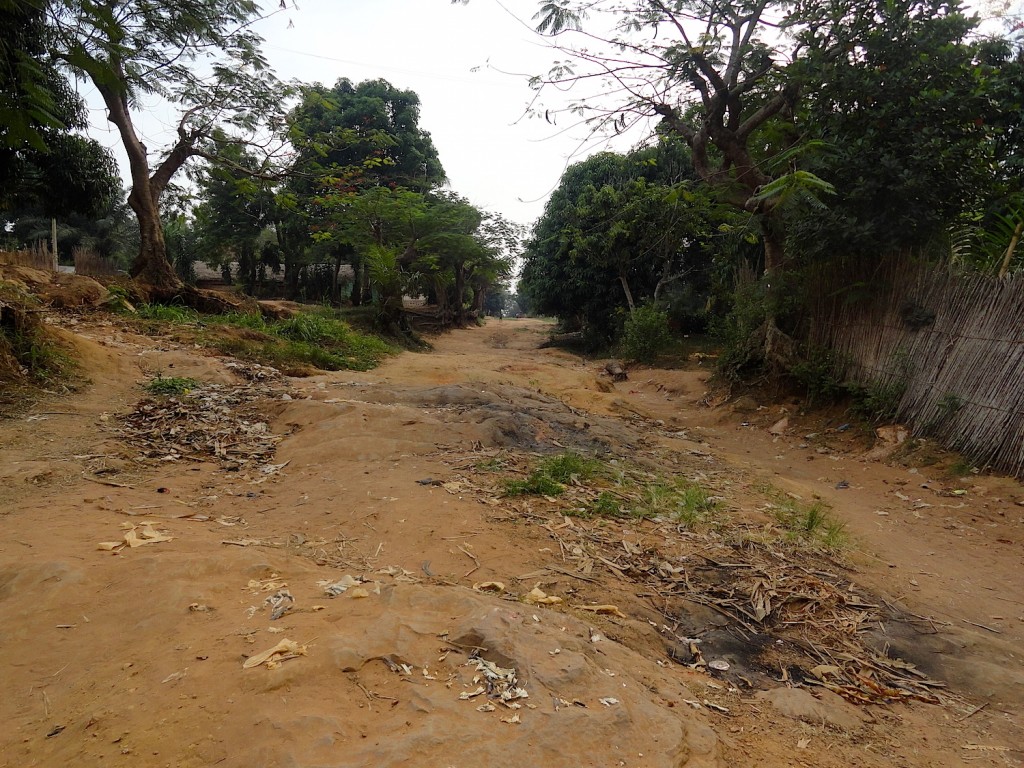

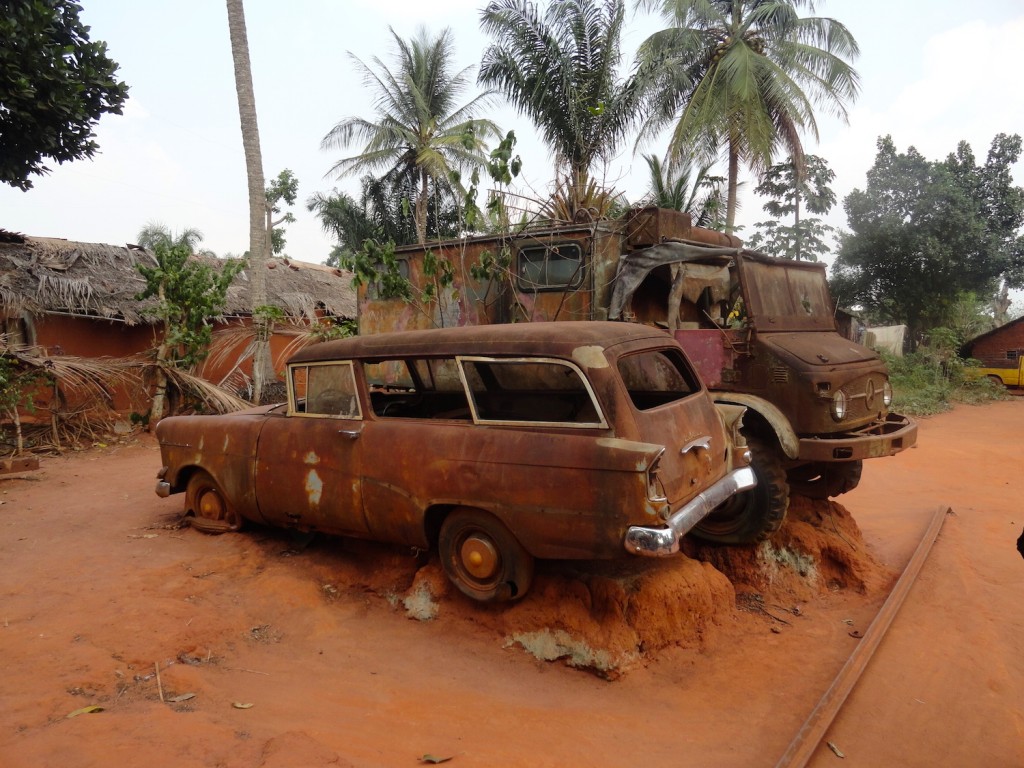
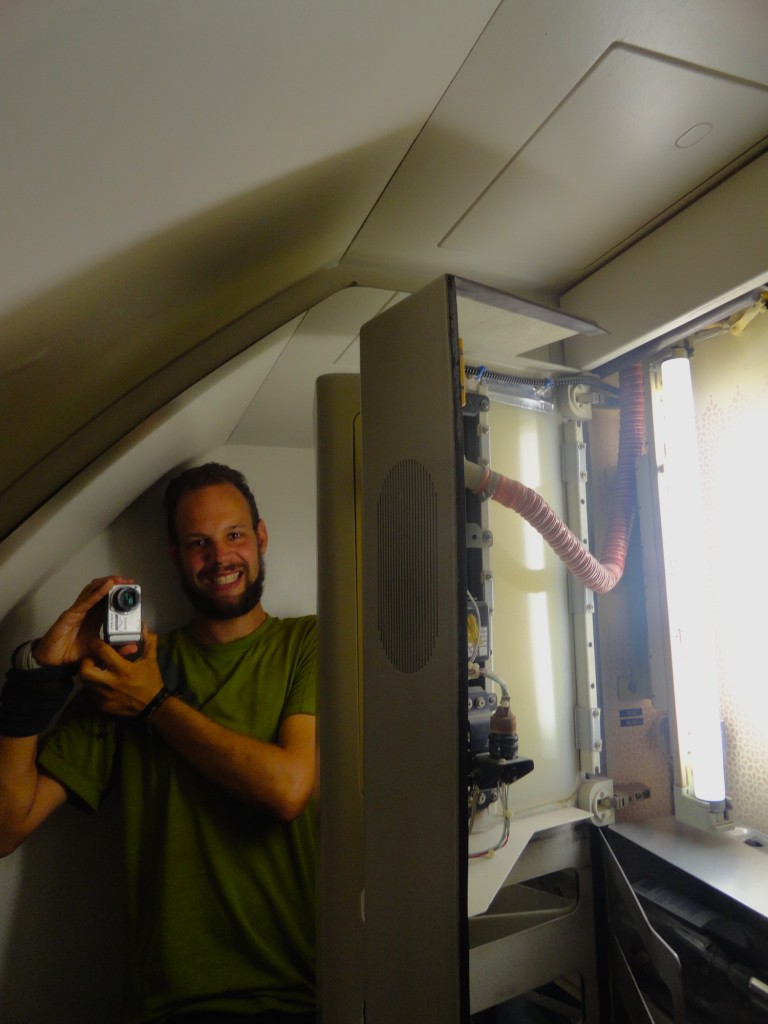
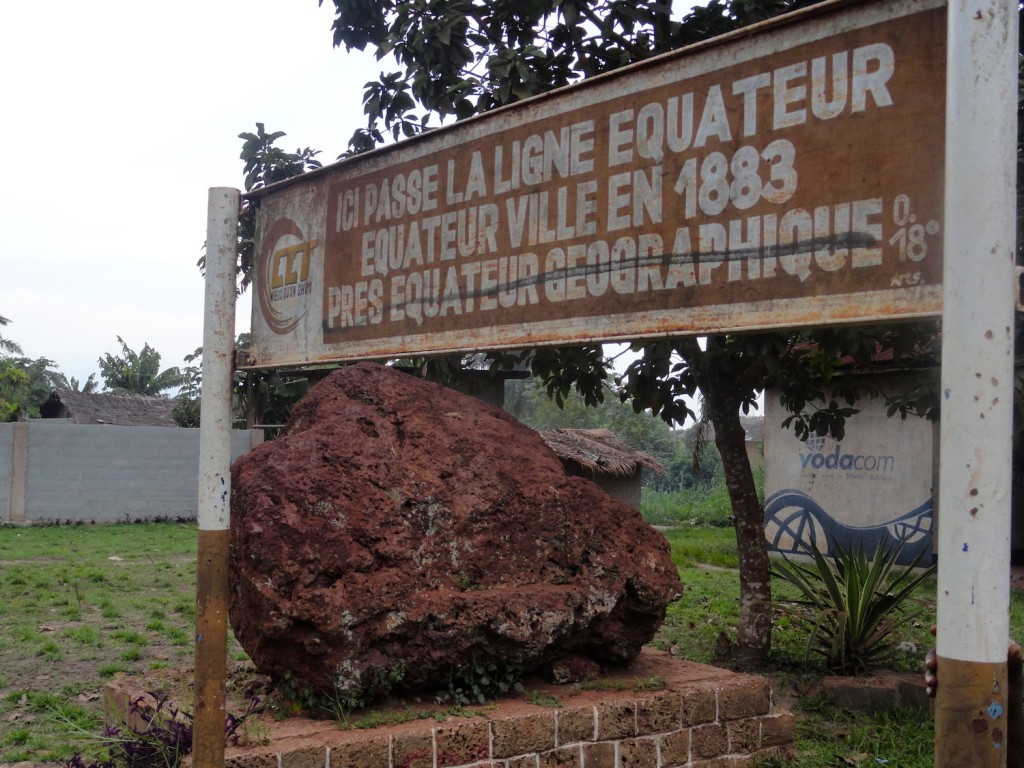
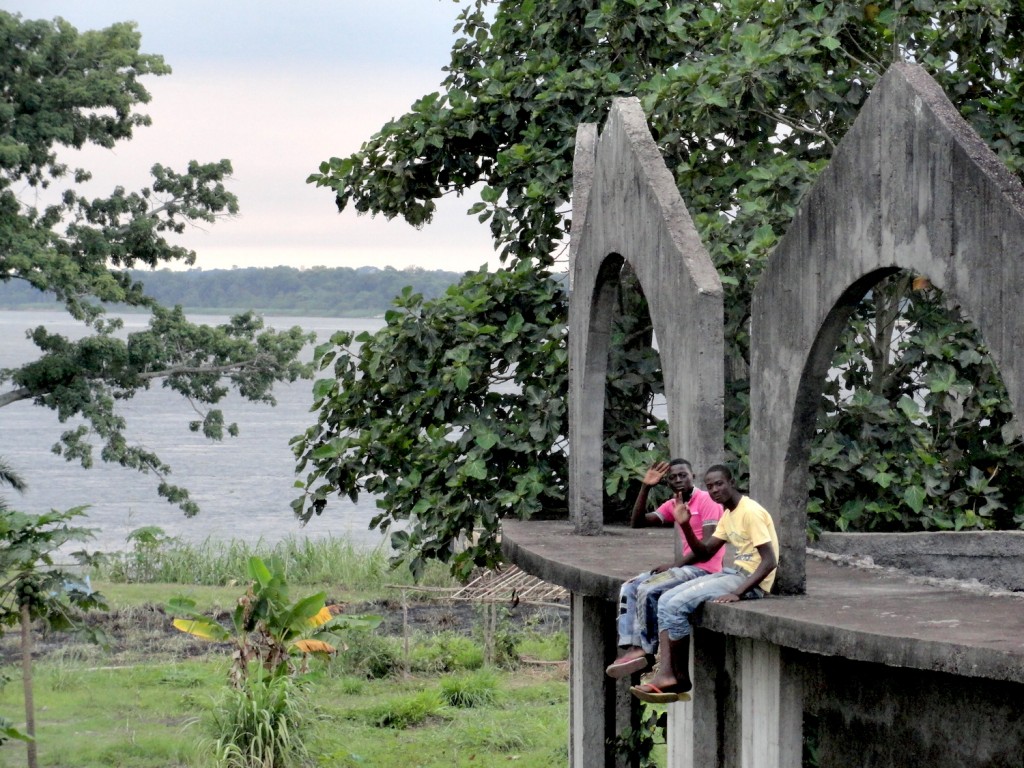
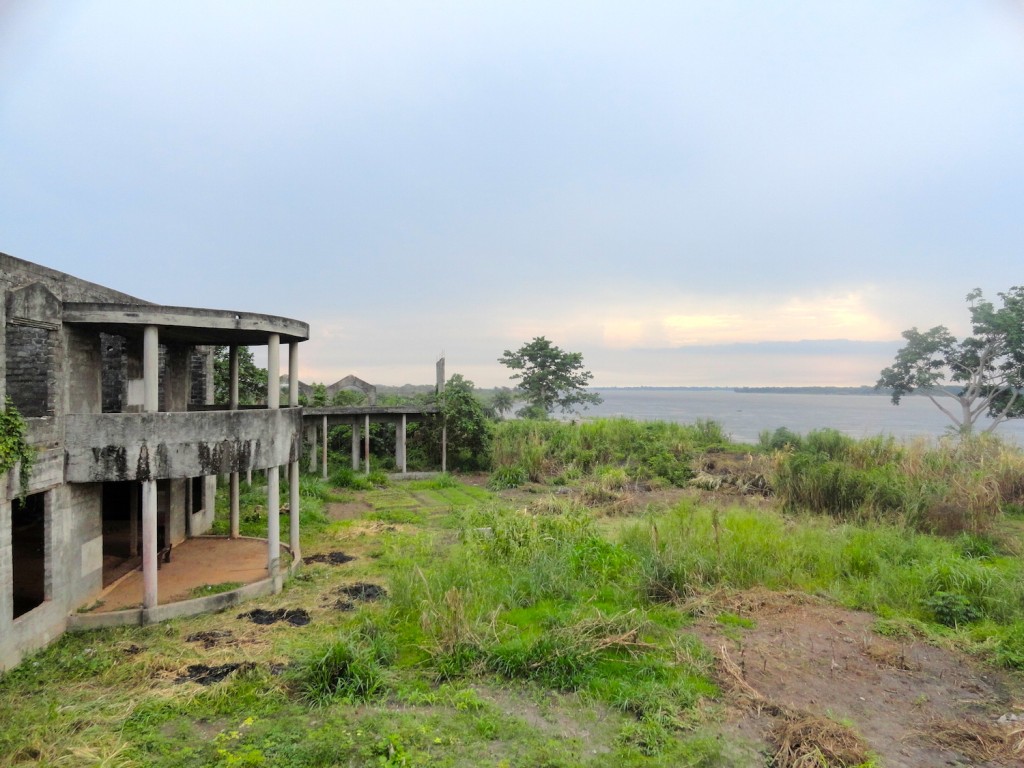
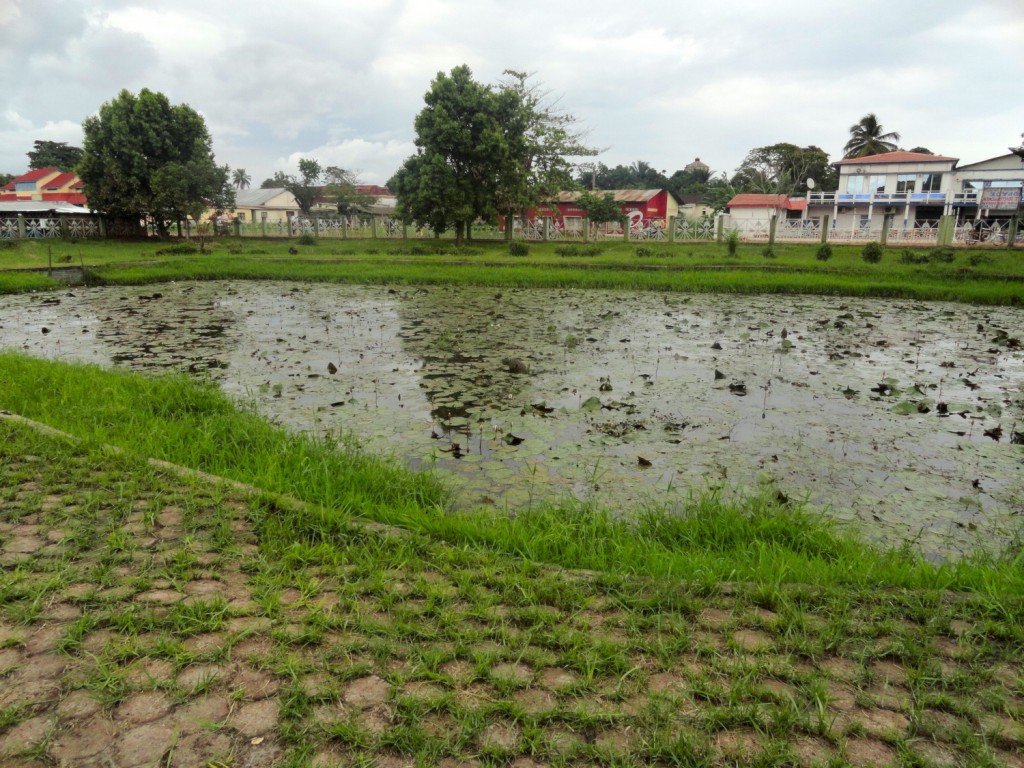

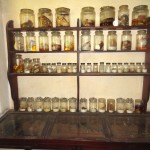
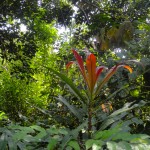
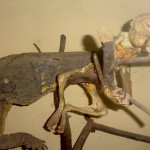
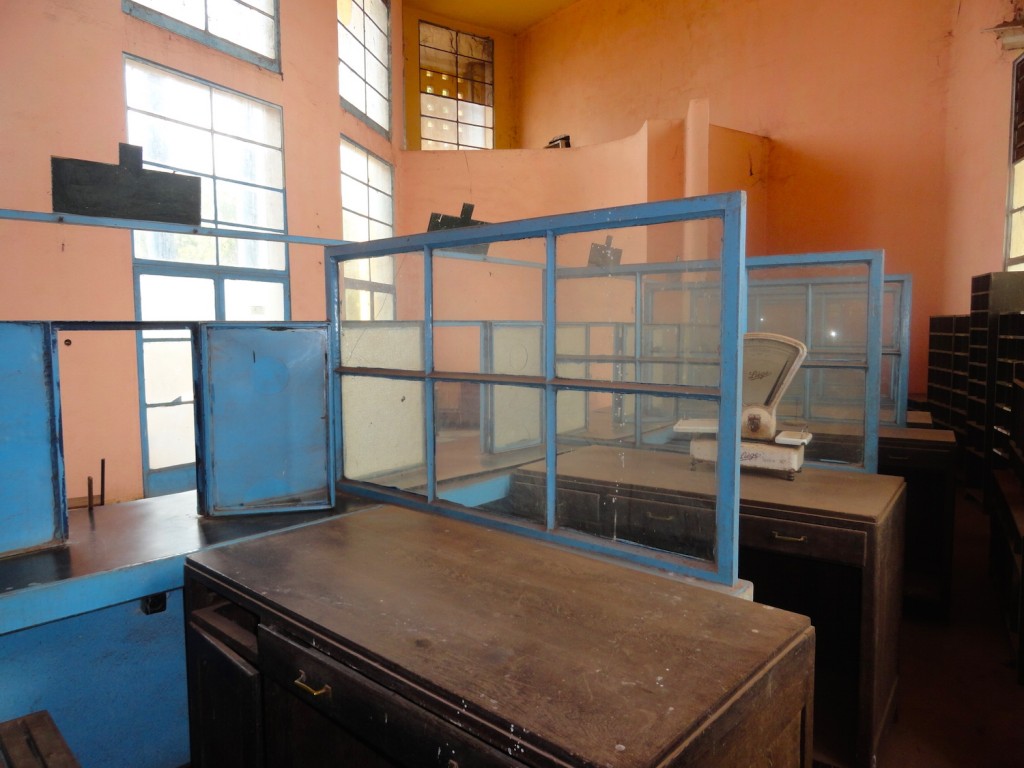

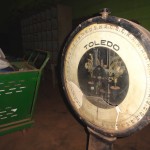
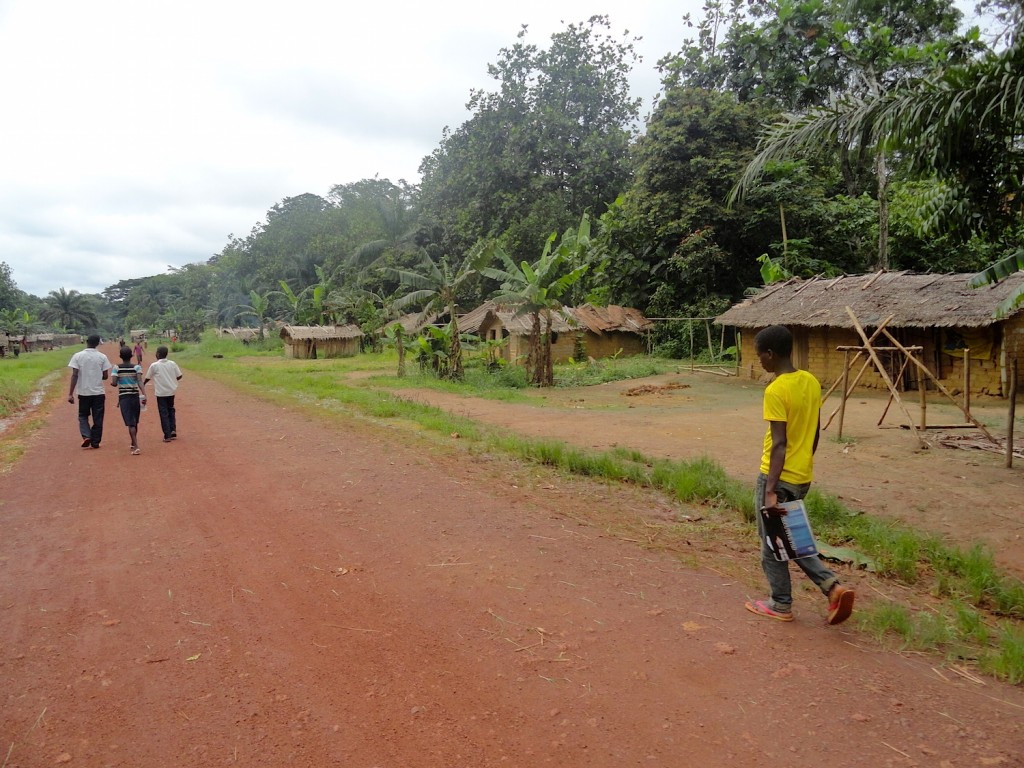
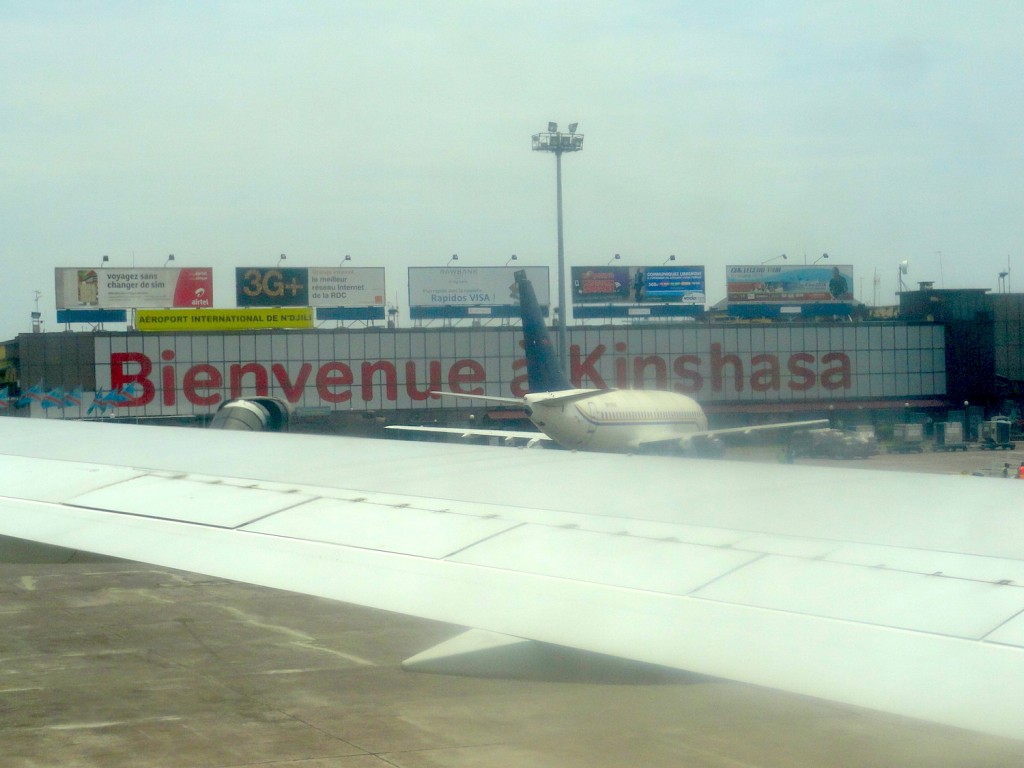
Magst du diesen Artikel? Teile ihn auf...
